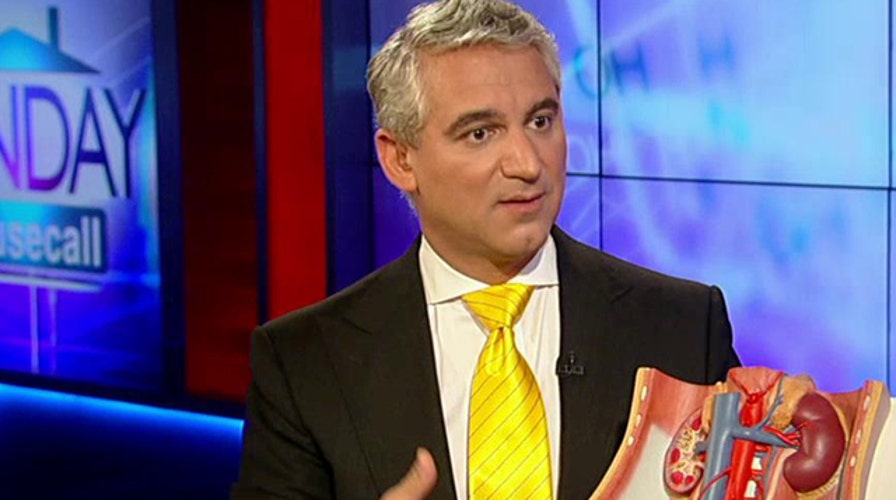Kidney stones are a relatively common occurrence, especially in the United States. They affect approximately one in ten people throughout their lifetime, and the incidence of kidney stones has actually increased over the past few decades.
Furthermore, the risk of kidney stones is higher in the United States than it is in the rest of the world. Although these stones do not normally cause any permanent damage, passing them can be quite painful. Depending on the size of the stone, surgical intervention may be necessary.
Kidney stones are small, hard deposits, typically a buildup of calcium, magnesium, or uric acid that form inside your kidneys. As one might expect, because urine is a vehicle for waste elimination, it is comprised of numerous components and wastes. When the urine is too concentrated, that is too much waste and not enough fluid, crystals begin to form. Over time, these crystals can form larger stone-like deposits.
A kidney stone may not cause any issues until it moves around within the kidney or passes into the ureter — the tube connecting the kidney and bladder. When a stone passes to the ureter, which is long and narrow, the pain is typically unavoidable.
Some characteristic symptoms of kidney stones are as follows:
- Severe flank pain (side and back)
- Intense, fluctuating and throbbing pain
- Pain on urination
- Blood in urine
- Nausea and vomiting
- Urgency to urinate
Treatment for kidney stones primarily depends on the size of the stone. If it is smaller than 4 millimeters in diameter, you have a good chance of passing it naturally. Increasing water consumption and certain medications can assist in passing these smaller stones. Stones of 5 millimeter diameter have an average of 50 percent chance of passing. The probability of passing naturally decreases as the stone’s diameter increases. Larger stones may require surgical intervention such as shock-wave treatment, where high-energy sound waves break up the stone, or manual stone extraction. The best test for diagnosing stones and finding out their magnitude, is a non-contrast CT scan.
In order to avoid stones altogether, some changes in diet and daily habits can be helpful.
Consuming more water during the day is one of the easiest measures you can take. The general recommendation is 8-12 glasses of water daily. Adding citrus, like lemon or lime, can also help prevent the formation of stones. Citrate, found in these fruits inhibits the clumping together of crystals which comprise kidney stones.
Avoiding fatty and salty foods can also assist in preventing stones. Since the most common form of kidney stone is comprised of calcium oxalate, consuming fewer oxalate-rich foods can help reduce the incidence of stone formation. Such foods include beets, rhubarb, spinach, and nuts.
If you believe you are experiencing symptoms of kidney stones, speak with your doctor for a proper examination.

